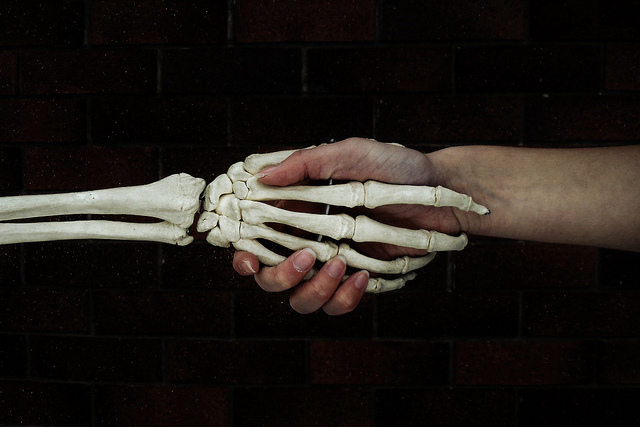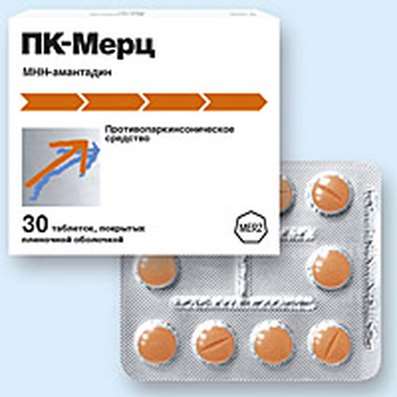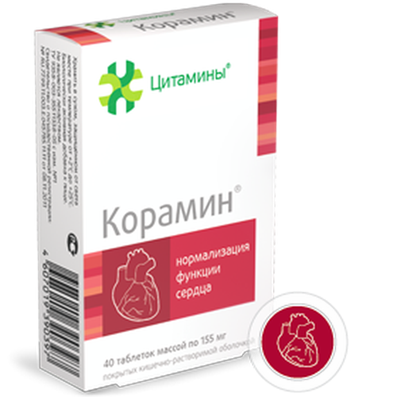FAQ: The criterion of death
04 Nov 2016
5 facts about the problem of ascertaining the death of a person in different historical periods.
For the medicine for a long period of time, the problem of ascertaining a person's death was not relevant. The criterion of life were breathing and heartbeat, ie manifestations of the soul which God breathed, so the man who was to die in the last moments, has long been a priest. Doctors same since the time of Hippocrates believed that those who have already conquered the disease, the medicine should not "hold out your hand." Doctors have learned to recognize the signs of death, testifying not about death but about her approach to following the discovery of the inevitable demise stop treatment. It is known that in the books of Hippocrates describes changes to features of the human face of death, "Hippocratic face": the sharp nose, sunken eyes, sunken temples, ears cold and strapped, earlobes unscrewed, the skin on his forehead hard, stretched and dry, the color of lead.

- 1.The statement of death in past centuries
In XVII-XVIII centuries in European culture was prevalent fear of being buried alive, dominated by uncertainty and ambiguity about the life, death, and their limits. Known example of Petrarch, who was already prepared for burial, but later lived for over 40 years and wrote his famous works. While people often ordered coffins equipped with signaling systems: flags, intercom stations and even evacuation devices. As a response to the panic occurred medicalization of death, which is manifested in the application of methods and criteria for ascertaining death, known only to medical professionals, as well as establishing rules statement of death. At the beginning of the XX century, for example, in France ordered tight bandage dying thumb: if preserved circulation and finger color changes, the man confessed live. In England there was a miraculous event: one colonel who served in India and trained yogis practice before a council of British doctors showed cardiac arrest. In accordance with the rules then accepted him wrote out the death certificate. He was taking it, and then went back again.
- 2.Search for scientific criteria of death
Development of scientific medicine, anesthesiology and resuscitation progress made urgent clarification of the criterion by which to distinguish between life and death. Before medicine was a question of finding such a criterion of death, which would be, on the one hand, objective and reasonable, based on data for science, on the other hand, it would have been practically available, that is applicable for the assessment of doctors in different environments and conditions. A significant problem was to find such a criterion of death, which would be most consistent with the outlook of the person. For example, in Orthodoxy main human body - the heart, so the criterion unbreakable upon the occurrence of cardiac death satisfied the criteria of religious-minded people, but not "mounted" with the spread of artificial circulatory support devices or the capabilities of Transplantation. Medicine for a long time sought to find the desired criterion. Things began to change only in the second half of the XX century, when scientific medicine has been put equal sign between brain death and the death of a man. Death of man was considered irreversible destruction and / or dysfunction of critical body systems, ie systems essential artificial systems - biological, chemical, electrical or otherwise. At this level, the development of medical technologies critical system of the body recognizes the brain. However, there are three possible interpretations of the concept of "brain death." (To protect brain people usually buy Cogitum, Nootropil, Semax, Phenylpiracetam, Cerebrolysin.)
First - this is a total death of the brain as a whole. Possible second situation is when the brain stem dies, but for a short period of time keeps the signs of health cortex. The third situation occurs when, on the contrary, the brainstem functions, the person may, with the support, with the help of special equipment to breathe and eat, but his higher brain functions are lost. The discussion about what kind of treatment should be to recognize the criterion of death, medicine has broken a lot of copies. Development of Critical Care Medicine as a leading, important, fundamental medicine helped expand the boundaries between "clearly alive" and "clearly dead." Another motivating factor was the development of transplantation. Fence unpaired vital organs from a deceased donor is possible only after ascertaining death. The amount of time available to health care providers for collection agencies, between a statement of death and organ preservation at the point of life is very short. There is such a situation that medicine began to encourage the establishment of legally significant criterion of death, to the development of transplantation would not conflict with the law and worldview. In Russia, the criterion of brain death has been legally approved in 1992 in the Law of the Russian Federation "On transplantation of organs and (or) human tissue" (Article 9): "Brain death occurs when the complete and irreversible cessation of all functions registered in a working heart and artificial ventilation of the lungs."
- 3.Deciding on a person's death
The possibilities of modern medicine make the fact of death is not so much the result of natural events defined as a controlled event, the occurrence of which is dependent on third-party solutions. For example, the death of Palestinian leader Yasser Arafat in 2004 in a hospital near Paris was the result of an agreement between the Palestinian leadership and his family, the moment of death was considered the time of disconnection from life support machines.
Today, in most countries, the criterion of brain death is considered death as a whole. However, the direct application of this criterion, physicians must possess sophisticated, technically mediated diagnostic skills. Therefore, modern criteria of brain death is used in severe cases when, for example, a patient in the absence of consciousness of the heart beats. But doctors are allowed to ascertain the death and according to traditional criteria, that is, when you stop breathing, heartbeat and blood circulation - in the absence or ineffectiveness of intensive care, or the timing of initiation of resuscitation, incompatible with the restoration of the brain, that is, depending on the situation. In some countries, the law allows you to refuse to ascertaining death on a new criterion if the patient being alive, or his relatives after his death do not agree with this criterion. Such a rule is set, in particular, in Denmark as well as in some US states (New York and New Jersey). The only body that is currently irreplaceable artificial analogues - is the brain. That is why equated brain death and the death of a man. One can imagine a certain situation in the future, when certain brain functions can be transferred to some control systems, and discussions will then resume again.
- 4.The problem of reversibility "vegetative state"
The adoption of the criterion of "brain death" is, of course, gives rise to many problems, for example, the behavior with respect to people who are in "stable vegetative state." The term "stable vegetative state" in modern medicine can be considered highly uncertain. Increasingly, there is information about people leaving this state through large periods of time, causing the medicine difficult to establish a period during which a person lost consciousness must be maintained and observed, and after that life-sustaining activities can be stopped. At the moment, there is no common position on the deadline, after which we can say that the state is irreversible. The difference between life and death often depends on the answer to the question of safety consciousness in patients with severe brain injury and the evaluation of the probability of its recovery.
Functional neuroimaging, which is used today is significantly superior to the other methods of assessing consciousness, can detect in patients with latent cognitive processes which are not detectable by conventional tests. But neuroimaging expensive and not widely available. In this connection there is the ethical question of how to treat these people in terms of the irreversibility of the state: whether it is possible to turn off life support equipment? After all, following the death of physicians to this criterion can generate and already produces situations where physicians, cutting off life-support devices for medical reasons, and in accordance with the law, face rejection of their position, such as relatives. Adoption of such criteria as the death of the brain - is not only the task of securing the legal norm in the high level of development of medicine, it is also a need to recognize that society criterion.
- 5.Organ donation after death
The culture of modern civilization is a culture of hedonistic type, when it becomes the dominant idea of pursuit of pleasure. Accordingly, death is recognized as an event that is not compatible with delight, and all the talk about the death of a certain degree of taboo. Ideas that his body after death, you can dispose of what you can donate their organs after death to another, they need to save the life of a man, now finds it difficult to understand in the society. As for the religious and secular consciousness to a dead body it has a special status. All world religions forbid the application of damage to the body of a deceased person, require careful and respectful attitude, timely burial according to certain rules. The development of transplantation largely depends on securing the brain death criterion. After all organs should be removed after confirming death, but to irreversible changes in the body. In order to avoid abuse, donation questions are developed and fixed by law. In Russia now operates the removal of organs from a dead system, which is called "presumption of consent".
Under this system, if for life, man has not officially objected to the removal of his organs in case of sudden death, it is considered as a potential donor. Fence organs from donors with established brain death is considered ethically acceptable only in full compliance with the requirements established diagnosis (proven combination of the termination of brain functions with the establishment of the irreversibility of the termination, the council of physicians, independent teams and transplant intensive care, and so on. D.). In recent years, the debate unfolds about the necessity of the legal transition of our country to the other organs of the fence system from the dead - a "presumption of disagreement" (to "requested consent"). The idea is that people advance in life, determines their attitude to post-mortem donation, agrees on the fence bodies after ascertaining death. We discuss the fact that his family members may express their consent, if the deceased did not leave any statement about their position. This system fence bodies seems largely protects the rights of the individual to adopt independent decisions on their own physicality, respecting the human right to refuse donation. Measures on fixing the position of citizens with respect to post-mortem donation will reduce the shortage of donor organs.
To date, in the task of medicine is not only adherence to strict scientific criteria. For modern medicine is very urgent task to adjust their development prospects with societal development trends, with the ethical values of human existence and humanity.

 Cart
Cart





